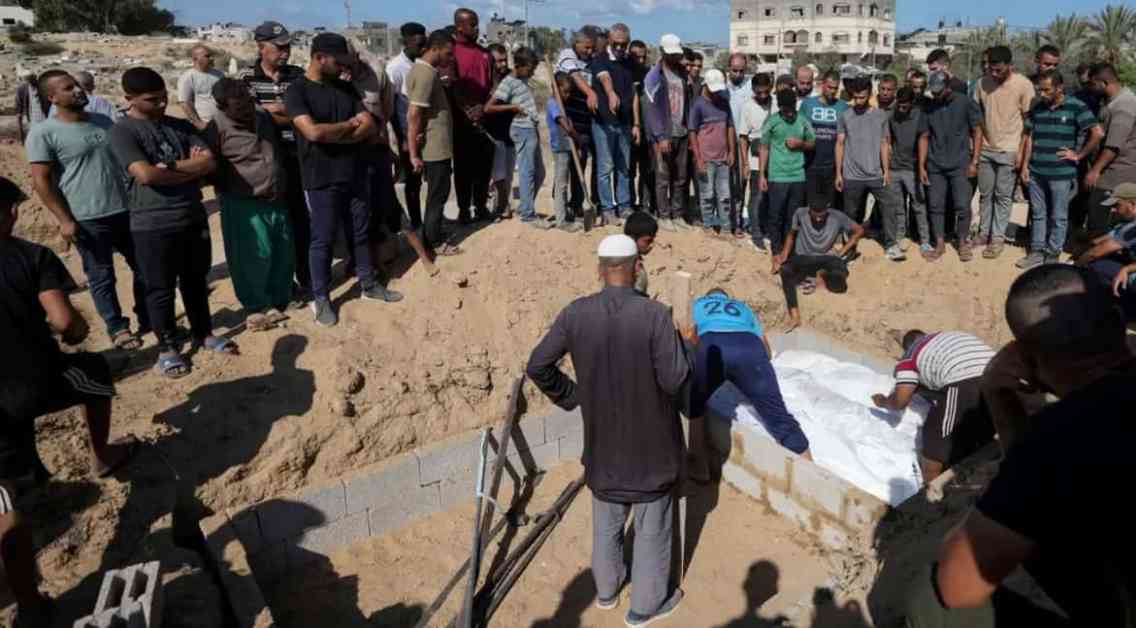The health ministry in Gaza has reported that over 40,000 Palestinians have lost their lives in the ongoing Israel-Hamas conflict. Additionally, the offensive by Israel has left 92,401 people injured and forced more than 85% of the population to flee their homes, according to the ministry in Hamas-run Gaza. The toll provided by the ministry does not differentiate between civilians and militants.
This update on the death toll comes amidst renewed efforts from international mediators to negotiate a ceasefire in the conflict, which has been raging for almost a year now. The conflict initially erupted on October 7 following an attack by Hamas-led militants on southern Israel, resulting in the deaths of around 1,200 people, the majority of whom were civilians. Approximately 250 hostages were also taken to Gaza as a result of the attack.
The staggering number of casualties and the widespread displacement of civilians highlight the devastating impact of the prolonged conflict on the people living in Gaza. The lack of differentiation between civilians and militants in the death toll raises concerns about the humanitarian consequences of the ongoing violence.
As the international community continues to seek a resolution to the conflict and push for a ceasefire, it is crucial to address the root causes of the violence and work towards a sustainable peace agreement that ensures the safety and well-being of all individuals affected by the conflict.
In addition to the human cost of the conflict, the article also mentions the use of anti-homeless spikes as a form of hostile architecture. This practice, which aims to deter homeless individuals from seeking shelter in public spaces, has sparked controversy and raised questions about the treatment of vulnerable populations in urban environments. By shedding light on issues like hostile architecture, we can start important conversations about social inequality and the need for inclusive and compassionate urban design.












